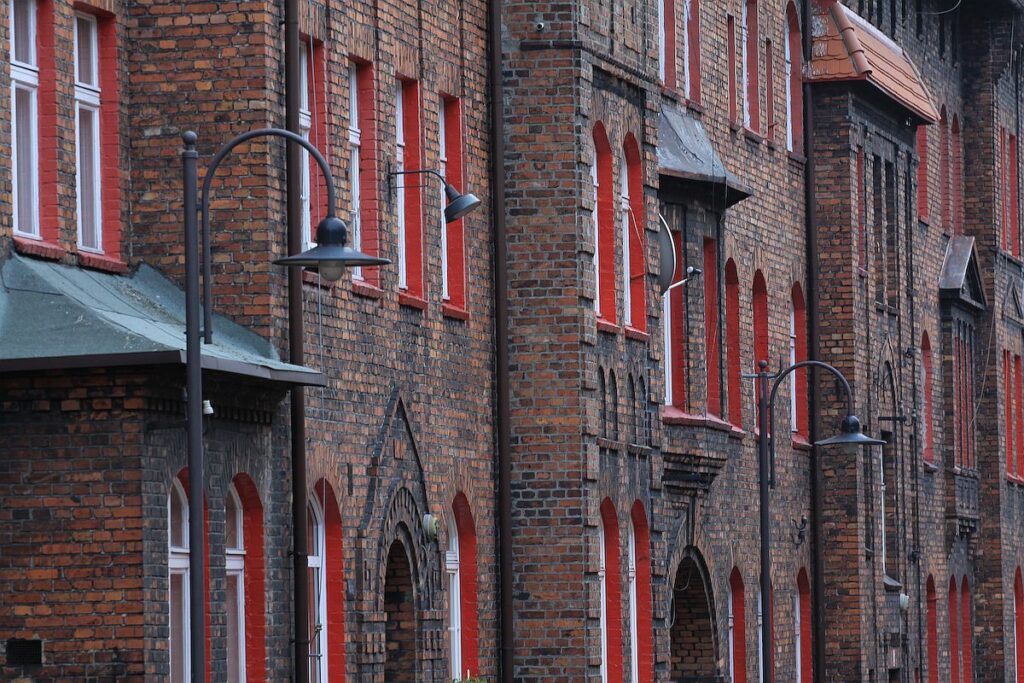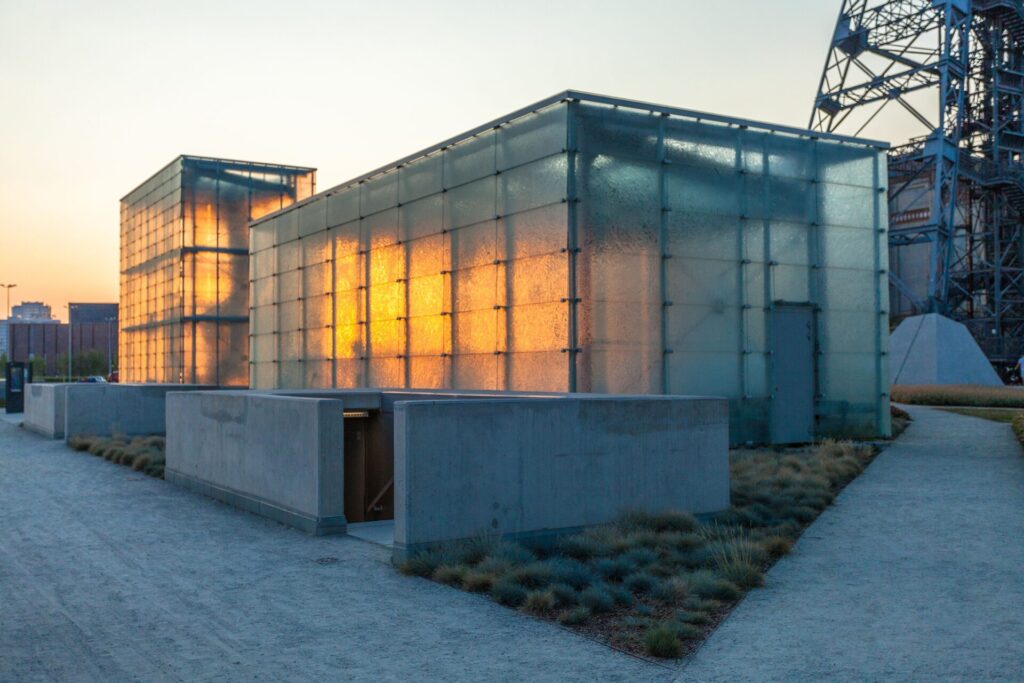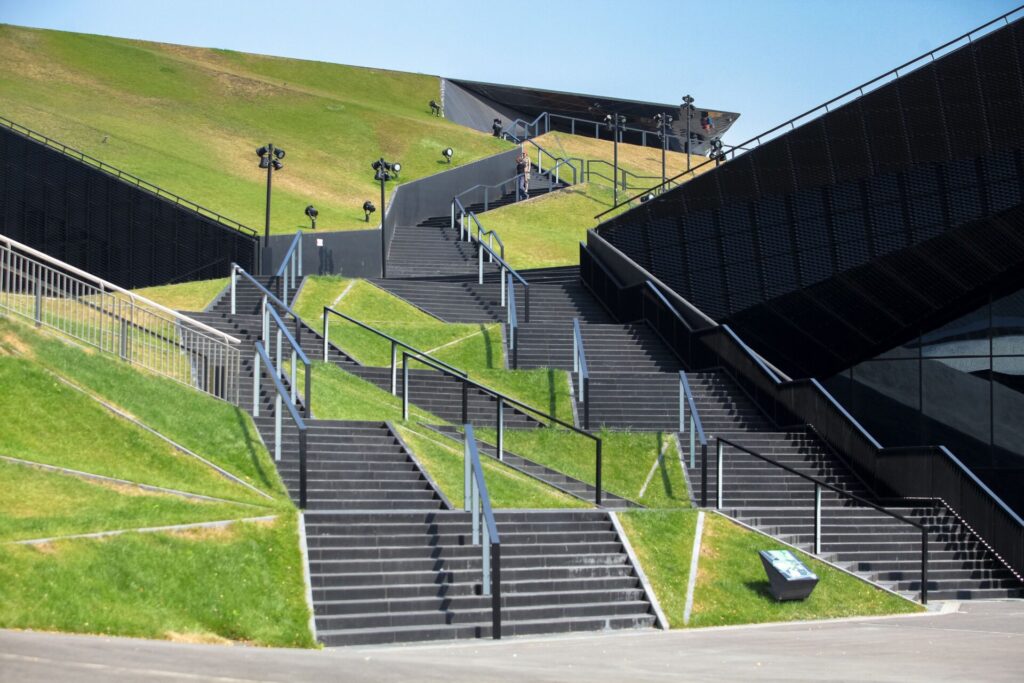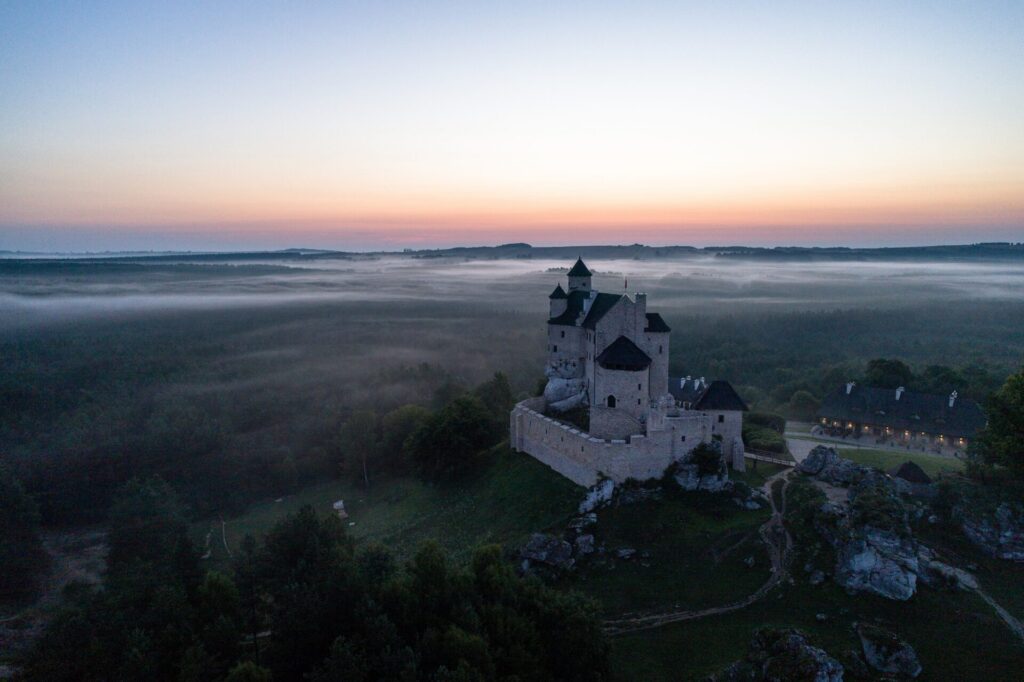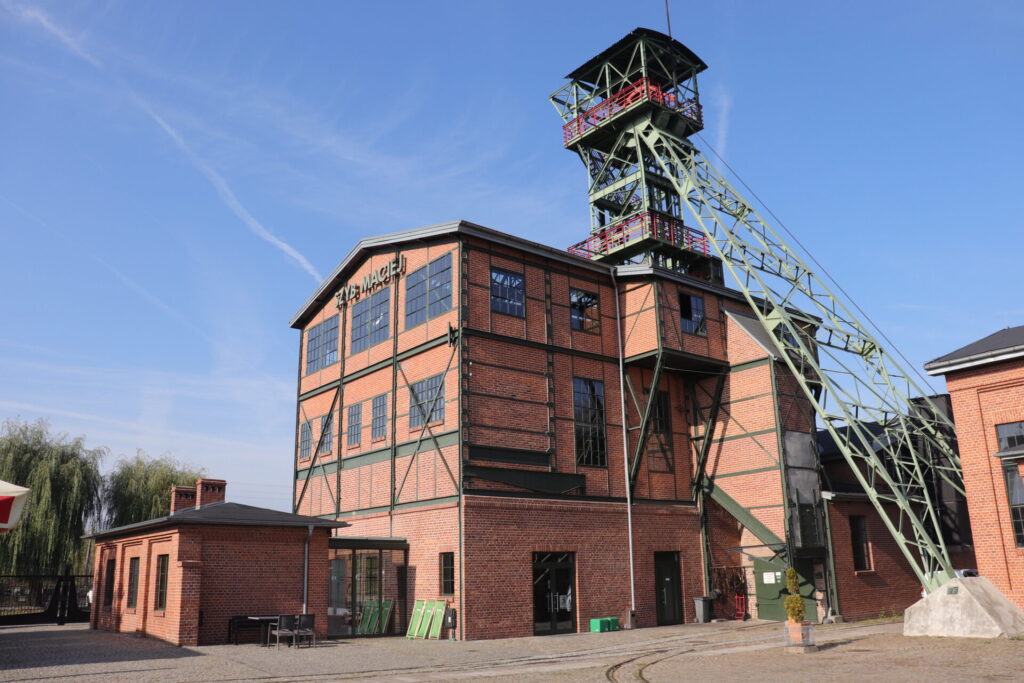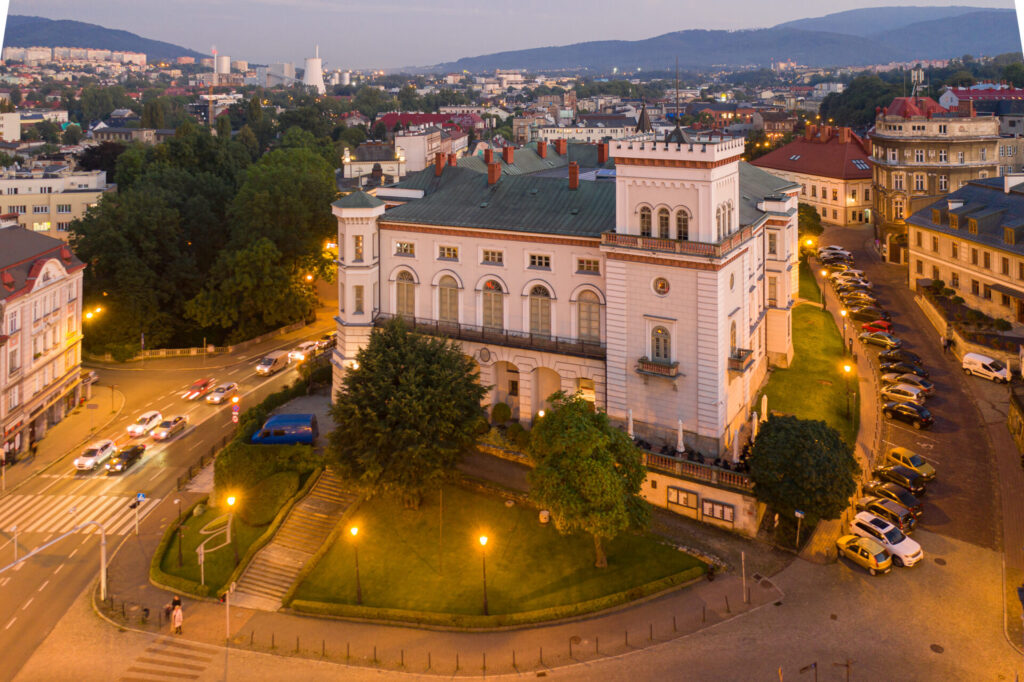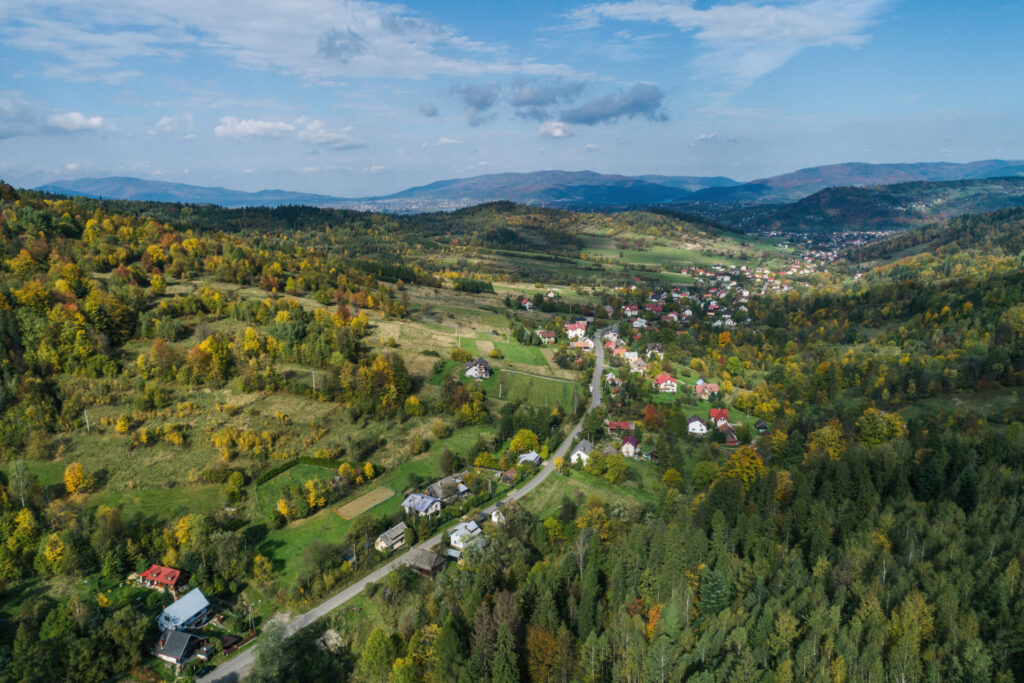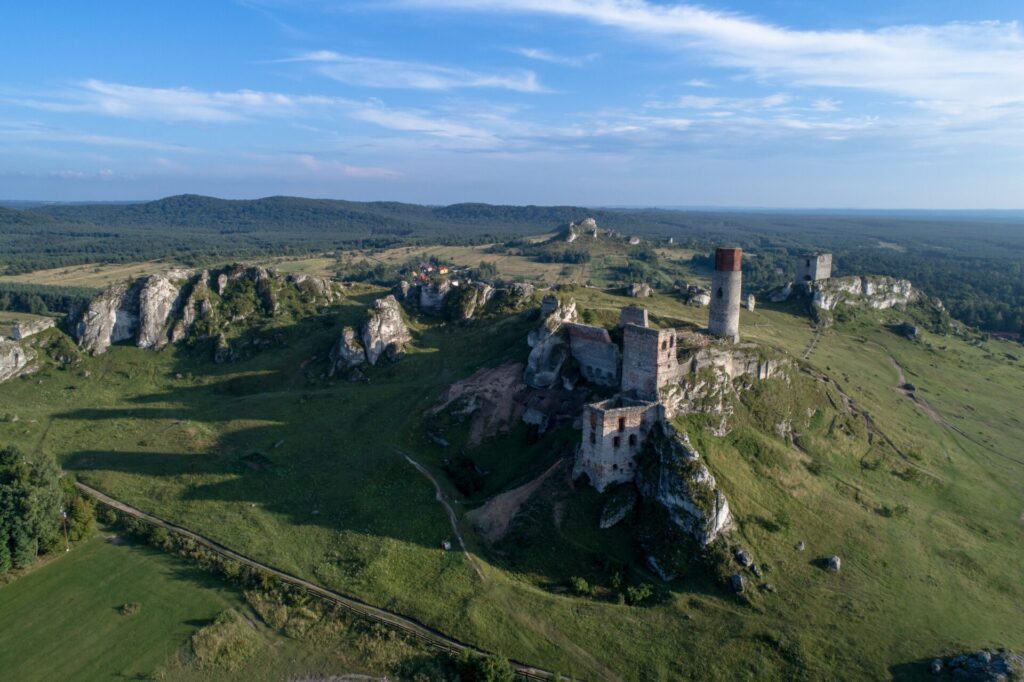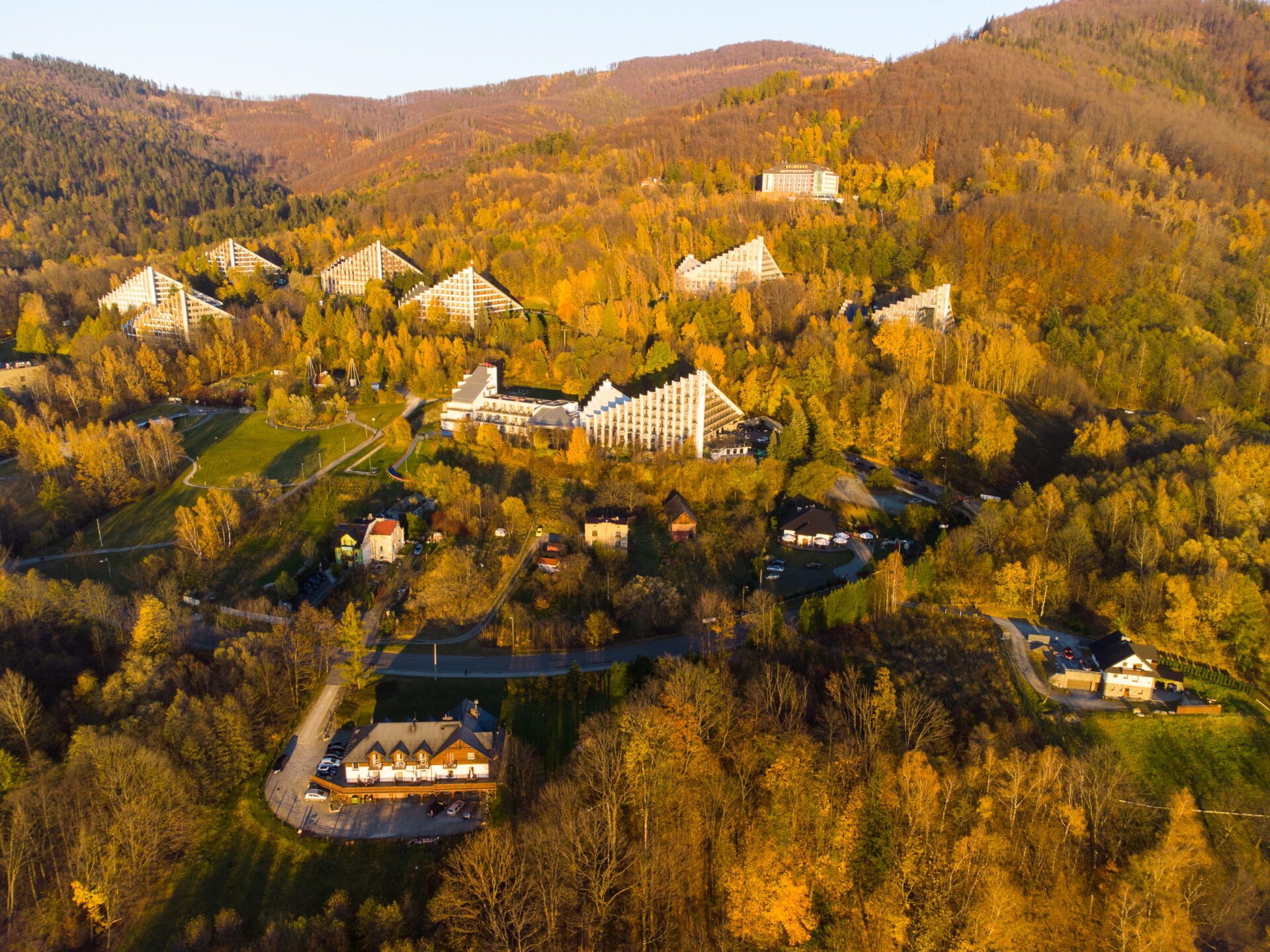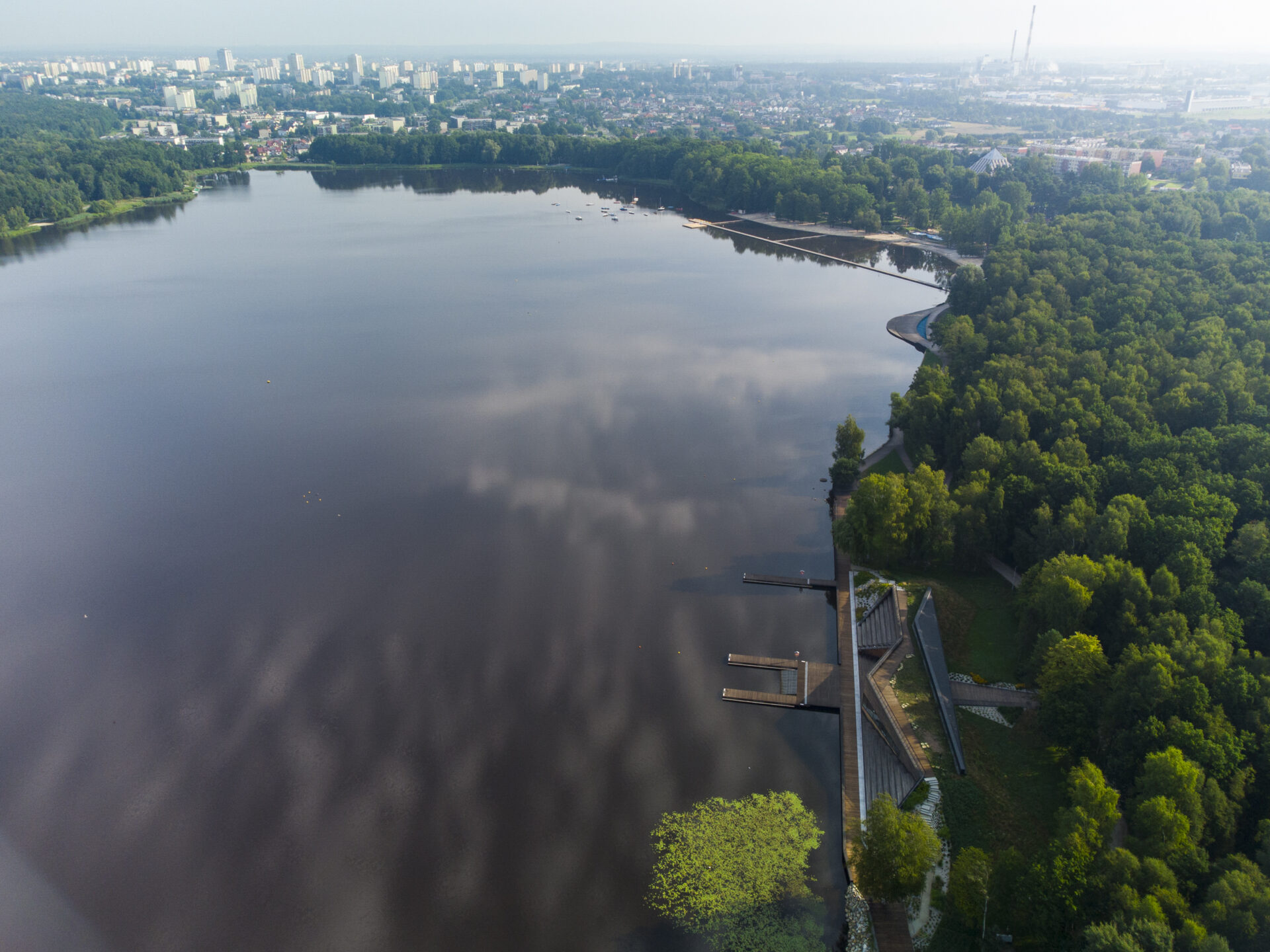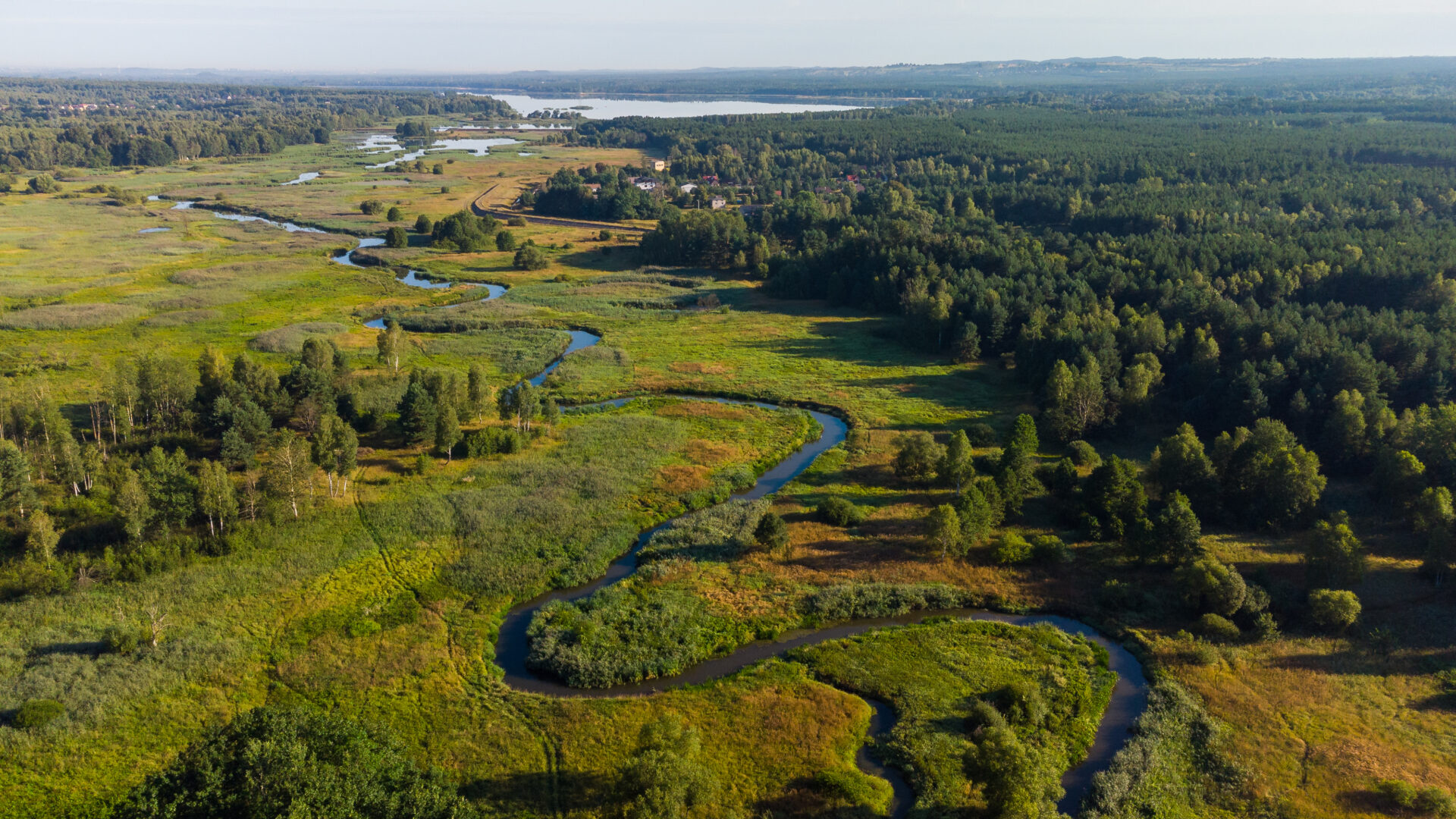Silesian








Silesian Voivodeship – main sponsor
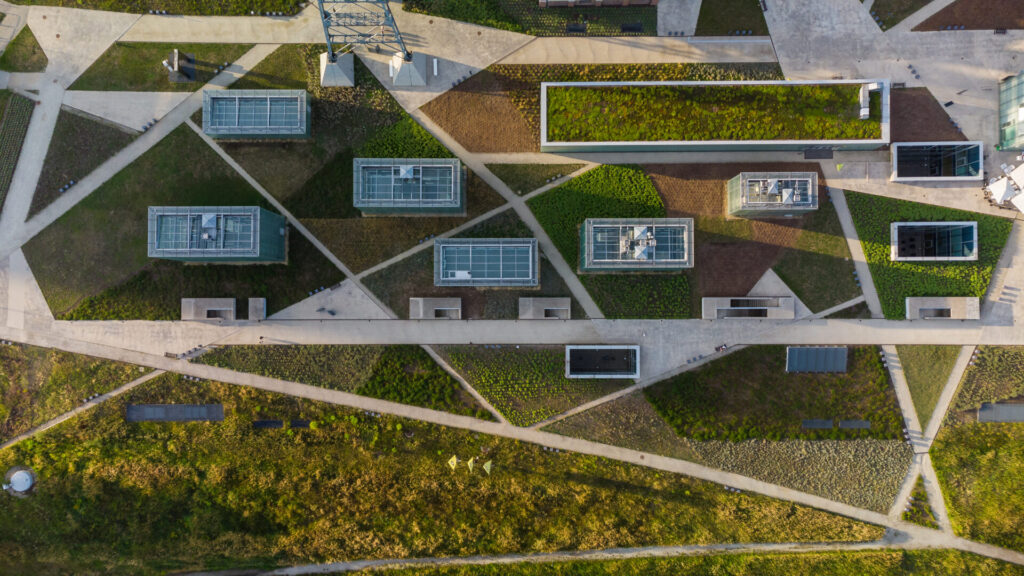
The Silesian Voivodeship is the region with the highest degree of urbanization in the country and, consequently, with the highest population density. Thus, it is an ideal landscape for broadly understood development, on the cultural, tourist and investment levels.
The voivodeship consists of 17 poviats and as many as 19 cities with poviat rights, with a total population of nearly 4.6 million. It was established in its current form in 1999, covering most of the former Katowice, Bielsko-Biała and Częstochowa voivodeships. With over 12,000 km2 is 3.9% of the total area of the country. It borders the Czech Republic and the Slovak Republic to the south, the Opolskie Voivodeship to the west, the Łódzkie Voivodeship to the north, and the Świętokrzyskie and Małopolskie Voivodeships to the east.
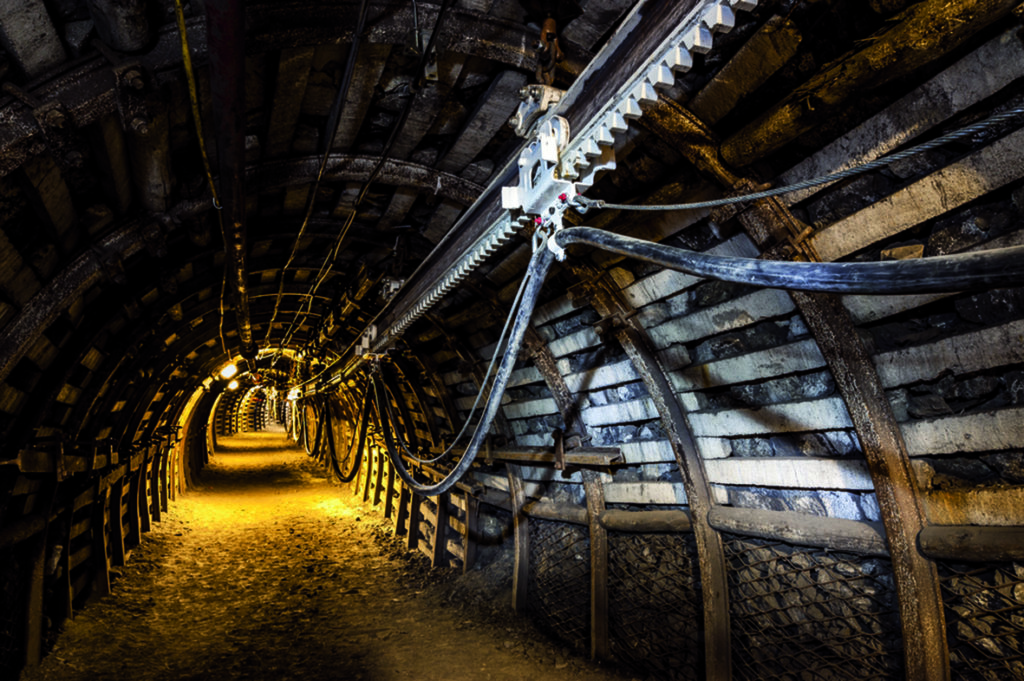
A multitude of possibilities
The Silesian Voivodeship is an ideal place for leisure activities, regardless of individual preferences. This rich offer results from the great diversity of Upper Silesia’s nature, its interesting history and many years of industrial development. The latter is a hallmark of the region and manifests itself in a number of tourist attractions included in the Industrial Monuments Route, along which one can visit: the historic Guido Coal Mine in Zabrze, the Black Trout Adit in Tarnowskie Góry, the Duke’s Brewery in Tychy and many others. The Silesian lands also hide many monuments, some of which are really old. It is enough to look at the castles that make up the Trail of the Eagles’ Nests, the history of which dates back to the 14th century.
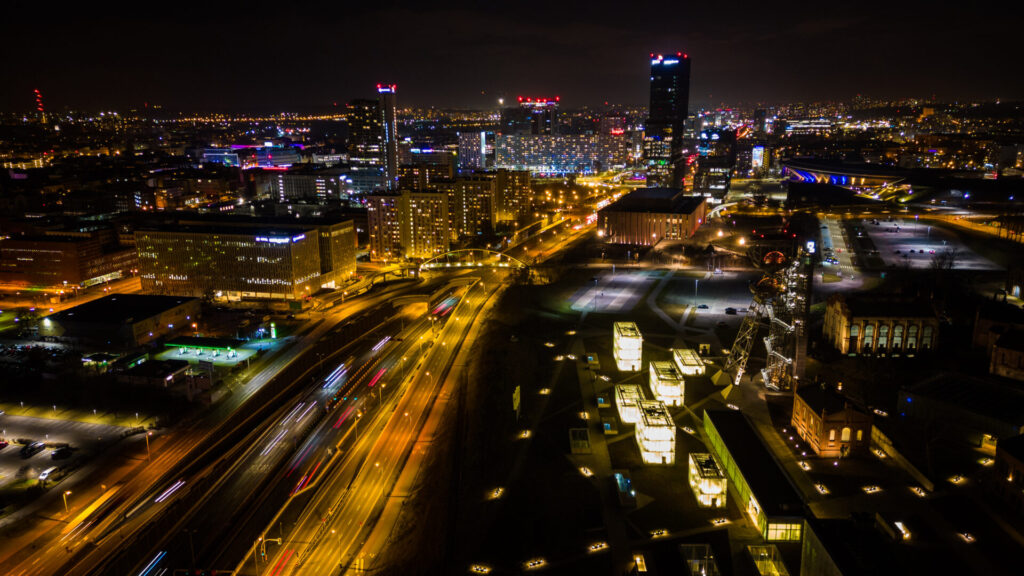
Culturally active region
The areas of the Silesian Voivodeship have been shaped by various cultures for centuries, which resulted in the establishment of numerous cultural institutions, such as the Silesian Museum in Katowice, presenting exhibits of art, archaeology, history and even stage design. Moreover, there are the Coal Mining Museum in Zabrze, the Upper Silesian Museum in Bytom, the Pszczyna Castle Museum, the Silesian Press Museum and many others. Upper Silesia also offers numerous cultural and entertainment facilities, such as the Teatr Rozrywki in Chorzów, the Stanisław Wyspiański Theatre in Katowice, the Silesian Opera in Bytom and the House of Music and Dance in Zabrze. The voivodeship is also famous for its many cultural festivals of national and often even worldwide importance. The music Off Festival, the folk Week of Beskid Culture, the Regiofun film festival and the Katowice Summer Theatre Garden are just the beginning of their list.
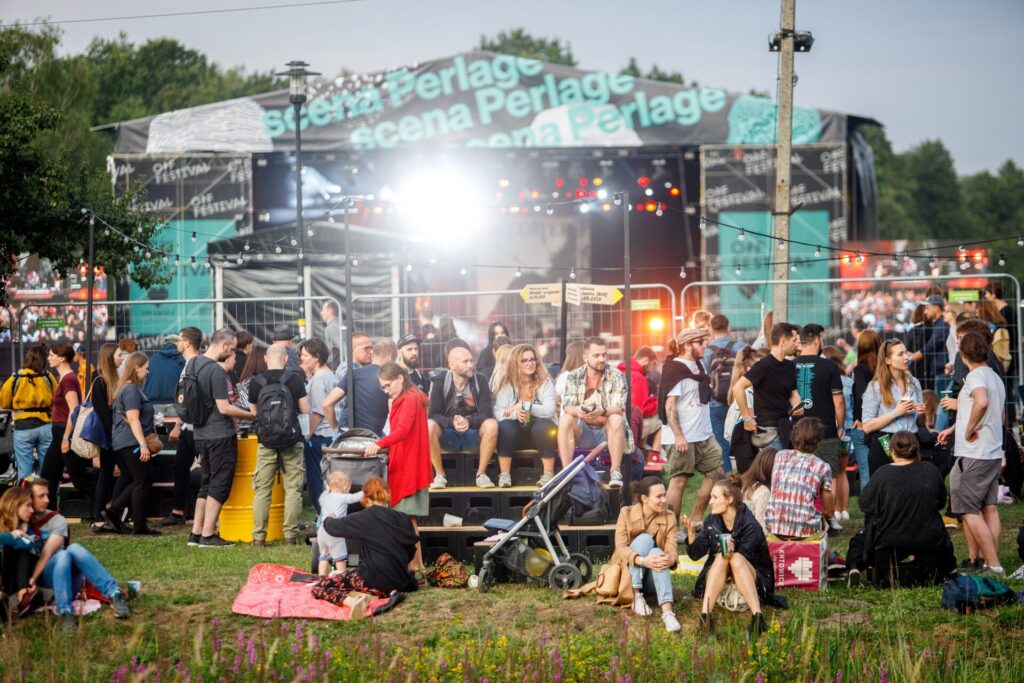
Silesia is taking off!
In economic terms, Silesia is one of the most developed regions in Poland. It is also the most attractive voivodeship for investors. This is evidenced by the Katowice Special Economic Zone, which has attracted capital of approximately PLN 26 billion during its 22 years of existence. According to the FDI Business Financial Times ranking, in 2015 and 2016 it was the 2nd economic zone in Europe and the 11th in the world. Silesian universities educate around 136 thousand students.
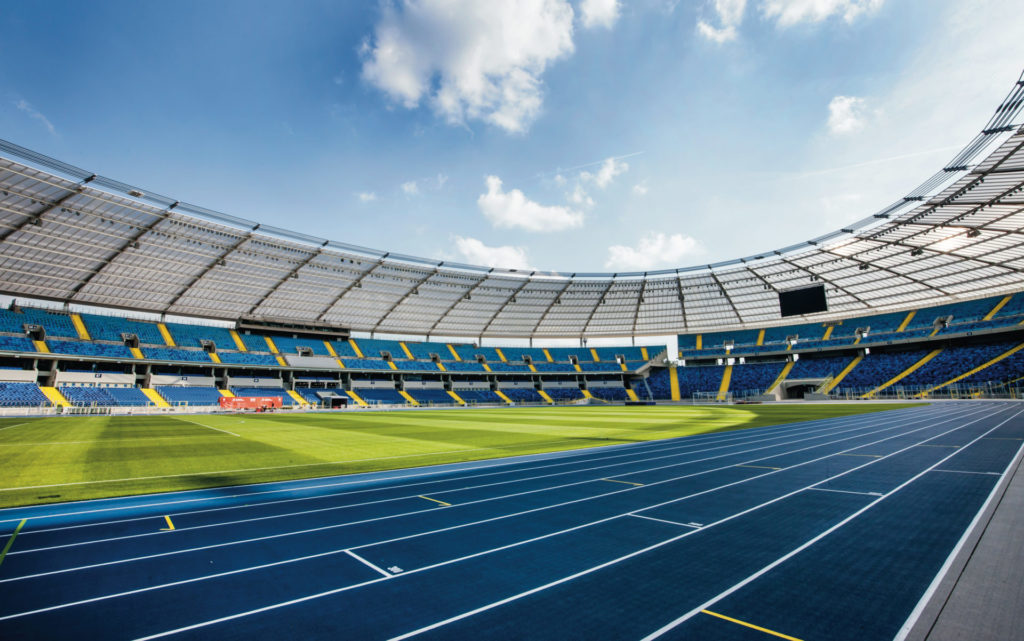
THE MOST IMPORTANT INFORMATION
Number of poviats – 17
Number of cities with poviat rights – 19
Population – 4.6 million
Area – 12,000 km2
Percentage of the total area of Poland – 3.9%
It borders with: the Czech Republic, the Slovak Republic, the following voivodeships: Opolskie, Świętokrzyskie and Małopolskie.

